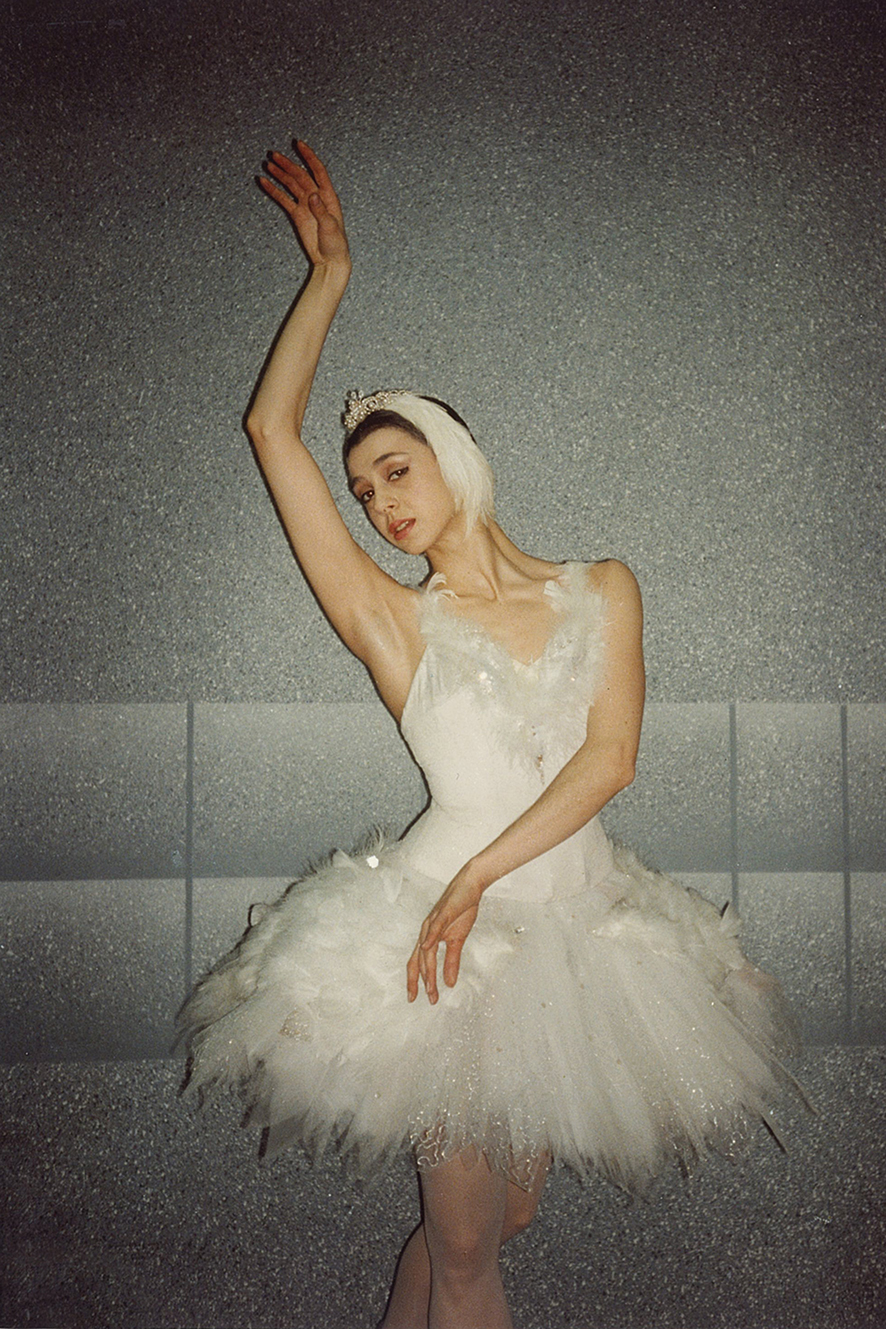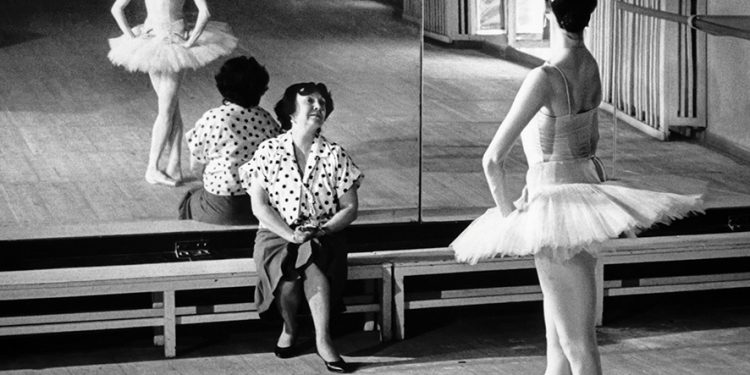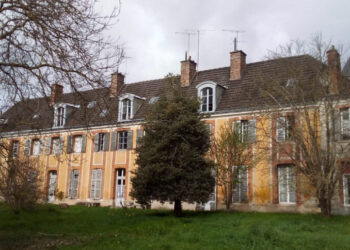Nina Ananiashvili, a former Bolshoi ballerina, kept her Georgian roots while she was dancing in Russia and around the world. Dance critic and historian Dr. Ismene Brown held an open interview with Nina on March 29, where she went into detail about her experiences and history with the ballet.
Nina tells us that every time she received a review from a critic, they always mentioned “Georgian” in their descriptions, though she didn’t know how they knew, supposing it was from her dark hair and eyes, or the fact she always dressed in all black, which is stereotypical of Georgian culture. Dr. Brown agreed, noting that when she saw Nina perform in 1999, she knew she was Georgian without any particular sign of it.
Although Nina always identifies as a Bolshoi ballerina, since she was with the company for such a long time, she still embraces her nationality.
“I was born Georgian, I am Georgian, and I’ll die Georgian. Where I’m dancing doesn’t matter, they just want to watch me,” Nina says.
Born on March 19, 1963, the youngest of three, Nina says no one in her family had an artistic background. However, they had family friends who were artists.
She recalls her father taking her to her first opera at the age of four or five. Then, later, when she was around six, the New York City Ballet came to the Philharmonia in Tbilisi. Nina said she desperately wanted to attend, but the event was sold out. Her father stood outside the venue waiting for someone to give up their ticket or for a spot to open, and, luckily, five minutes before the show, they snagged seats in the last row.
She remembers being stunned by the costumes the dancers were wearing, and how magical it all was for her. Looking back, Nina explains how children have pure, true reactions, so it’s good for them to see performances at a young age.
“I always say ballet is a unique art, because you don’t need language,” she says. “You just watch, and either you like it, or you don’t.”
The young ballerina started as an ice skater before she ever put on a ballet slipper. She says her mother always took her skating while she was growing up, since she was often sick, and a family friend said the cold would help. She notes, though, that the ice rink in Georgia was (and still is) disappointingly small, and if someone ever wanted to pursue it as a career, they needed to go to Moscow, and not everyone could do that.
Nina tells her interviewer that ice skating is great preparation for ballet, but on ice one has flat feet, whereas ballet requires one to stretch their feet. This was a hard transition for her, but once she caught on, she soon began to excel.

Nina talks about a teacher, Elena, who saw her when she started dancing at the Tbilisi Choreographic School. At the time, compliments were rare, but she recalls Zhemchuzhina speaking with her parents about her dancing: “Your child has something. Not talent, because that’s saying too much, but something,” Nina quotes her.
After this, the future prima ballerina was recommended to go to Moscow, where she joined the Bolshoi school and lived for 12 years. She explains how exciting her experience was arriving in Russia, yet somewhat depressing, as at first she didn’t fit in. Nina says she showed up on the first day in the wrong attire, because no one had told her of the school’s uniform policy, nor had she studied the Russian language.
“When I moved there, it was like Chinese, but I needed to learn all my subjects in Russian,” she tells us.
As time went on and she became established within the Bolshoi Ballet, Nina says her teachers were the ones who taught her how to behave. She recalls that during her time at the Bolshoi, many ballerinas were offered the chance to perform or join other ballets, and even though being a ballerina during Soviet times was a status, they would still be controlled by the authorities.
Nina explains how the Bolshoi Ballet would hide invitations and create excuses if they didn’t want one of the ballerinas to travel. Due to this, she says, “mind games were being played.” Later, she was invited to perform in the Royal Ballet in London, which she accepted, and was then asked to be a part of the ballet full-time.
She said she declined the offer because she wanted the freedom to travel and perform in different places, which is how she ended up dancing for 16 years in the United States. She was invited as the first Soviet Union ballerina to be a part of the New York City Ballet that had been established by George Balanchine, himself a native Georgian. It was a company she had seen perform years earlier at the Philharmonia in Tbilisi. It was quite literally a dream come true, though in the dream of her childhood, she was invited there personally by Balanchine, but, sadly, Balanchine had died by the time she arrived in the US.
Years later, Nina tells us, she was invited back to Georgia by former president Mikheil Saakashvili. Upon her arrival, one of her teachers was the famous Vakhtang Chabukiani, who is said to have set the stage for modern ballet dancers.

Since 2004, the prima ballerina has continued her role in the fascinating art as Ballet Artistic Director of the Zakaria Paliashvili Tbilisi Opera and Ballet Theater, and as the Artistic Director of the Vakhtang Chabukiani State Choreographic School. She says that this August and September, the State Ballet of Georgia will perform Swan Lake, a ballet that the whole world has come to embrace.
***
The interview was organized by FORM, a study-abroad university program located in Tbilisi for UK and US, universities. Nina thanked both Dr. Brown and FORM, noting she was happy to share her experiences with the attendees, which counted university students, the Vakhtang Chabukiani School’s ballet students, and the Friends of the Georgian Ballet. Here are some reactions from the audience:
“Nina Ananiashvili is a one-of-a-kind complete artist. Listening to her telling pieces of her story, in her unique, generous and spirited way, with images popping up in one’s mind, was truly inspiring. I feel privileged to have had this opportunity,” – Anne, a Friend of the Georgian Ballet.
“It was an amazing experience, listening to Nina’s stories! She is such a warm and pleasant personality that you forget she is a true star, a prima ballerina, and a world-class artist! She was so generous with her time and memories of her childhood, her career, her partners; I will treasure every moment of this evening with beautiful Nina,” – Larissa, a Friend of the Georgian Ballet.
“How courageous it was of Nina to lift the curtain and share her personal feelings with us! The message to the students was ‘If you want to make it, you can make it, you just have to give your all! If you have a goal, you can make it, and it’s worth fighting for’,” – Annette, a Friend of the Georgian Ballet.
“The conversation between Nina Ananiashvili and Dr. Ismene Brown was magnificent. We listened to interesting facts and stories about ballet and Nina’s youth. We saw her stunning performances which was a motivation for the young generation. Nina Ananiashvili must be an example for ballerinas, and this interview was a great opportunity for the students. Overall, the audience enjoyed the event – we saw the ballerina’s life ‘from the other side’,” – Irakli, a Friend of the Georgian Ballet.
By Shelbi Ankiewicz














